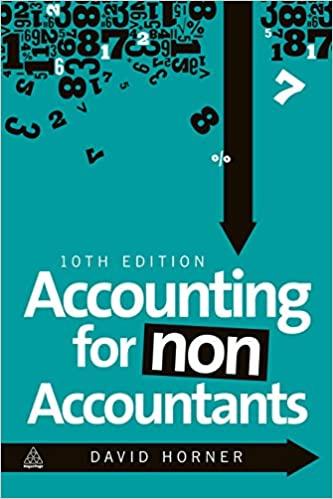Question
Q2. A) Springs, Inc., has set up a licensing agreement with a manufacturer in the Czech Republic. When Springs receives orders for its products from
Q2. A) Springs, Inc., has set up a licensing agreement with a manufacturer in the Czech Republic. When Springs receives orders for its products from customers in Eastern Europe, it relies on this manufacturer to produce and deliver the products ordered. This expedites the delivery process and may even allow Springs to have the products manufactured at a lower cost than if it produced them itself. If springs Inc. starts producing itself what are the advantages and disadvantages? B) The evolution of Nike began in 1962 when Phil Knight, a business student at Stanfords business school, wrote a paper on how a U.S. firm could use Japanese technology to break the German dominance of the athletic shoe industry in the United States. After graduation, Knight visited the Unitsuka Tiger shoe company in Japan. He made a licensing agreement with that company to produce a shoe that he sold in the United States under the name Blue Ribbon Sports (BRS). In 1972, Knight exported his shoes to Canada. In 1974, he expanded his operations into Australia. In 1977, the firm licensed factories in Taiwan and Korea to produce athletic shoes and then sold the shoes in Asian countries. In 1978, BRS became Nike, Inc., and began to export shoes to Europe and South America. As a result of its exporting and its direct foreign investment, Nikes international sales reached $1 billion by 1992 and were more than $7 billion by 2007. What inspiration do you get from this research project. (10 marks)
Step by Step Solution
There are 3 Steps involved in it
Step: 1

Get Instant Access to Expert-Tailored Solutions
See step-by-step solutions with expert insights and AI powered tools for academic success
Step: 2

Step: 3

Ace Your Homework with AI
Get the answers you need in no time with our AI-driven, step-by-step assistance
Get Started


